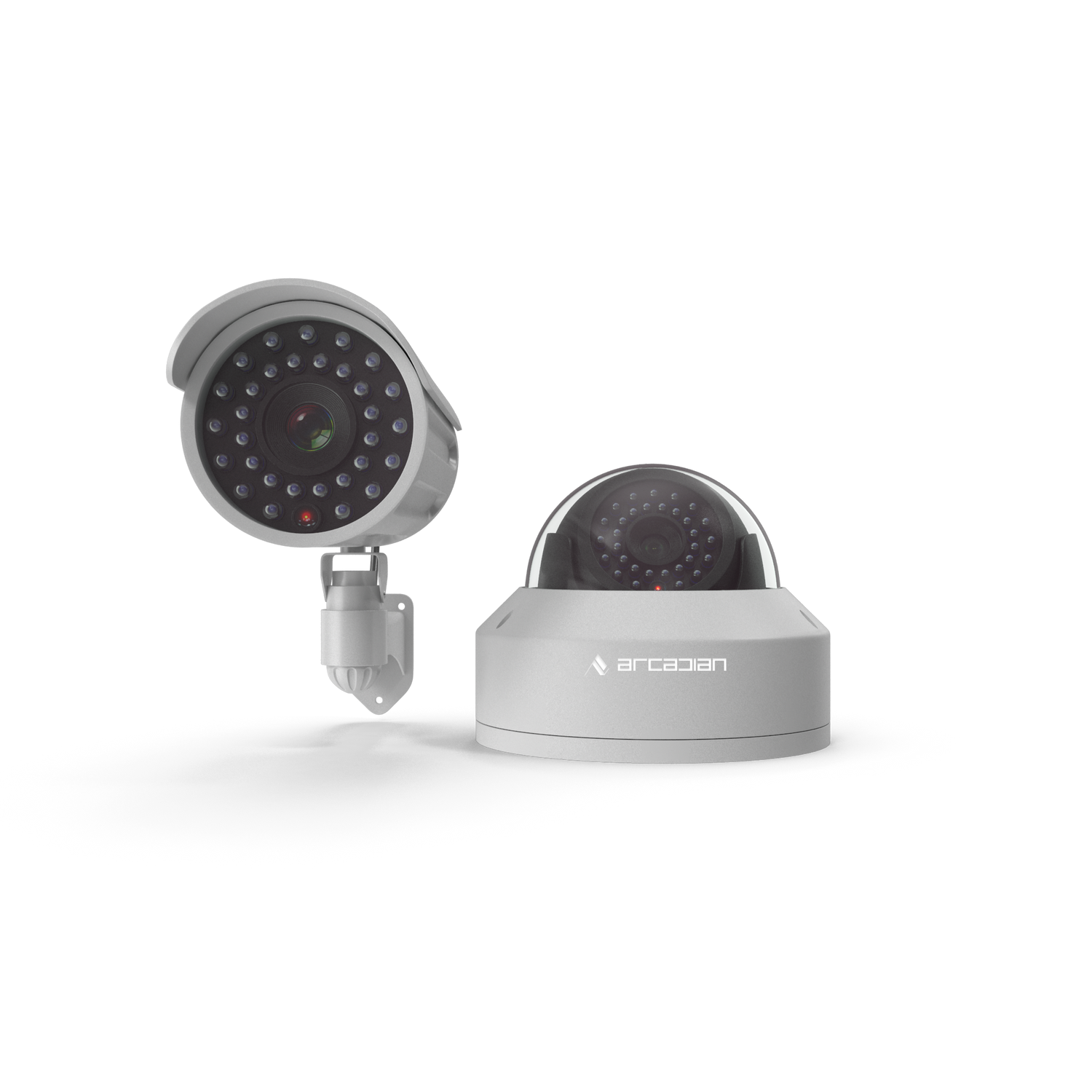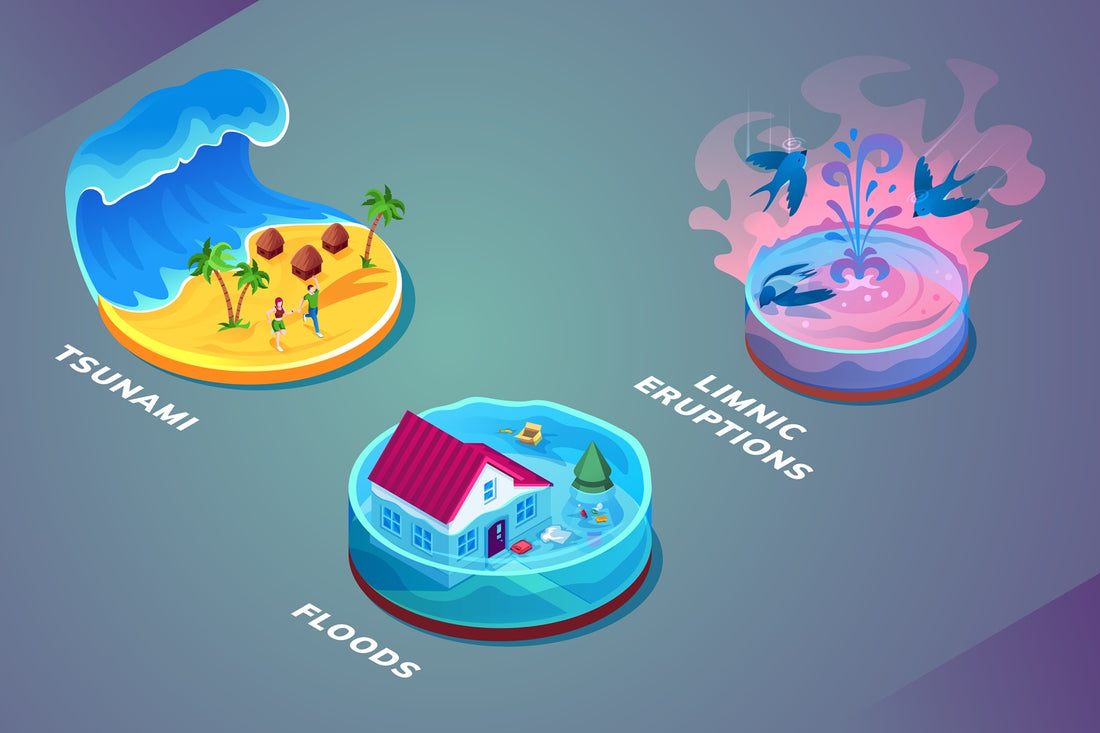Natural disasters like hurricanes, earthquakes, floods, and wildfires pose significant threats to business infrastructure, including traditional security systems. When disaster strikes, on-site surveillance systems with physical storage are at high risk of damage, potentially resulting in the loss of critical footage. Cloud-based surveillance solutions offer a resilient alternative, providing businesses with reliable, secure, and accessible video storage, even when faced with extreme weather or environmental challenges.
Why Traditional Surveillance Falls Short in Natural Disasters
Traditional surveillance systems store footage on-site, making them vulnerable to damage in disasters. Hard drives and physical storage devices are easily compromised, leading to the loss of valuable video data. Key vulnerabilities include:
- Power Loss and Outages: Sudden power loss disrupts recording and access to footage.
- Physical Damage: Flooding, fire, and building collapse can destroy recording equipment.
- Environmental Factors: High humidity, dust, and fluctuating temperatures can degrade hardware, impacting data integrity.
How Cloud Surveillance Protects Your Footage
-
Off-Site Data Security
Cloud-based security camera systems automatically store footage in secure, remote data centers. These data centers are designed to withstand natural disasters, ensuring your video data remains safe and accessible even if the business location is compromised. -
Continuous Recording During Power Loss
With backup power sources, cloud surveillance systems continue recording and uploading footage to the cloud, ensuring uninterrupted coverage during extended outages or severe weather conditions. -
Remote Access to Footage
Cloud surveillance offers remote access, allowing business owners and security teams to view and manage footage from any internet-enabled location. This access ensures that decision-makers can assess situations and take action during or after a disaster. -
Redundant Data Storage for Extra Security
Many cloud providers utilize redundant storage across multiple geographic locations, minimizing the risk of data loss. In the event of a localized disaster, this redundancy ensures your footage remains intact and secure.
Additional Benefits of Cloud Surveillance in Emergencies
- Faster Response Times: Real-time alerts allow security teams to act immediately when a natural disaster is detected or anticipated.
- Reduced Dependency on Hardware: Cloud surveillance minimizes reliance on vulnerable on-site equipment, reducing costs for maintenance and repair after disasters.
- Data Integrity and Compliance: Cloud providers follow stringent data protection standards, preserving footage quality and compliance with regulations.
Case Study: Securing Footage with Cloud Surveillance During a Hurricane
A coastal retail business faced significant damage from a category 4 hurricane, which destroyed all on-site equipment. Thanks to their cloud-based security camera system, they accessed footage remotely, using it to assess damage, document incidents, and support insurance claims. Without cloud storage, all data would have been lost, compromising recovery and future security planning.
Future-Proofing Security with Cloud Surveillance
With the increasing frequency of natural disasters, businesses need resilient security solutions to protect their assets and data. Cloud-based surveillance systems provide a reliable, scalable, and accessible way to ensure that video footage is safeguarded, no matter the circumstances.
Protect Your Business with Arcadian.ai
Arcadian.ai offers cloud-based security camera systems designed to protect your footage, even in extreme conditions. Schedule a demo to discover how our solutions can help secure your business when nature strikes.
Share This Post
Help other businesses understand the value of cloud surveillance during natural disasters. Share this article on Facebook, Instagram, YouTube, TikTok, and X.


